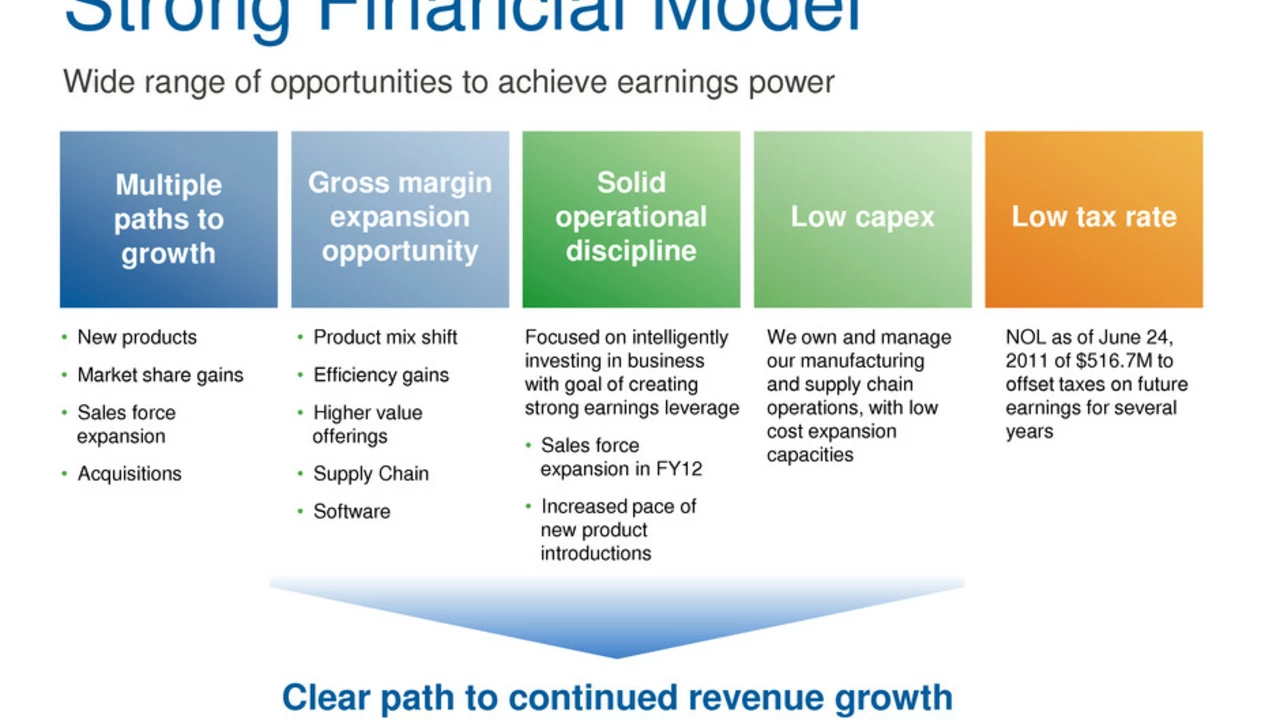Sports Economics – What Drives Money in Sports?
Ever wonder why a team can be super popular but still lose money? It all comes down to where the cash comes in and where it goes out. In sports, revenue isn’t just ticket sales. Sponsorships, TV contracts, merchandise, and even government support play huge roles. Let’s break it down so you can see the full picture without a finance degree.
First up, the biggest money makers: broadcasting rights. Networks pay big bucks to show games because advertisers love the live audience. Those deals can run into billions for major leagues, and they often fund everything else – from player salaries to stadium upgrades. If a league can’t lock down a solid TV contract, it has to rely more on tickets and merch, which are less predictable.
Sponsorship is the next big piece. Brands want to be seen next to athletes they admire. That’s why you see logos on jerseys, stadium seats, and even on the bench. A single sponsorship deal can bring in millions, especially if the sport has a global following. The key is a good fit – brands that match the sport’s image get the best returns.
Why Teams Lose Money
Even with big TV deals and sponsors, many teams still end the year in the red. Why? Costs rise faster than revenue in many cases. Player salaries have exploded, especially in leagues where free agency is strong. Add in travel, training facilities, and marketing, and expenses can outpace income.
Another factor is market size. A team in a small city can’t sell as many tickets or command the same sponsorship rates as one in a big market. Some leagues try to balance this with revenue‑sharing models, but the gap often remains.
Finally, fan loyalty matters. If fans stop showing up or stop buying merch, revenue drops fast. That’s why clubs invest heavily in community outreach and fan experiences – they’re protecting their bottom line.
Real‑World Example: The WNBA
The WNBA is a perfect case of a league that keeps going despite regular losses. Every year the league reports a deficit, yet it still operates and even expands. How?
First, the WNBA is owned by the NBA, which provides financial backing and shared resources. That safety net lets the league focus on growth rather than breaking even each season.
Second, sponsorships and broadcast deals are tailored to its audience. Brands that want to reach women and younger fans see the WNBA as a genuine platform, so they invest even if the viewership numbers are lower than the NBA’s.
Third, the league leans on the NBA’s media infrastructure. Games are shown on NBA-owned channels and streaming services, cutting down on production costs. The NBA also promotes the WNBA during its own events, boosting visibility without extra spend.
Lastly, the WNBA builds a strong community around the sport. Players are vocal on social issues, and fans feel a personal connection. That loyalty translates into merchandise sales and ticket purchases that, while not covering all costs, keep the league afloat.
Bottom line: Sports economics isn’t just about making money; it’s about balancing many moving parts. Broadcasting rights, sponsorships, ticket sales, and community support all intertwine. Leagues that understand this balance, like the WNBA, can survive even when the books show a loss. For fans, knowing the behind‑the‑scenes money flow makes watching the game even more interesting.
How does the wnba exist if they only lose money every year?
- Kellan Hartford
- July 30, 2023
- 0 Comments
Well, folks, the WNBA sure knows how to keep the mystery alive! Despite losing money year after year, they're still here, dribbling away! But here's the scoop: it's all about sponsorship, broadcasting rights, and support from the NBA. The WNBA isn't just a league, it's a movement, proving that passion and perseverance can dunk over dollar signs any day. So, as long as there are people who love the game and players who love to play, the WNBA is going nowhere but the net!
read more